The ShockFlo brand is a more recent entrant into the home charging category. But in this short time, they have surprised us with a unique design form factor and compelling pricing. The ShockFlo S1 is a home-based charging station that comes in either 40 or 48-amp versions. The company also offers the G1, a 40-amp portable EV charger. All of the products from ShockFlo come with a NEMA 14-50 wall plug, but the home charging stations can also be hardwired by an electrician.
Our Rating: 4.2/5
What We Liked
- Innovative design and overall good hardware
- Generous 3-year warranty
- RFID security card reader
- Easy to install
What Could Be Better
- The cord is shorter than competitors, 17 feet
- The software and app need improvement
Packaging and Installation
The unit arrived double-boxed and damage-free, even if it looked like the external box experienced some rough handling, but the contents were safe. Inside you will find the unit itself, a metal wall mounting bracket, four heavy-duty screws, the instruction manual, and a pair of RFID security cards.
The wall mount bracket appears to be made of steel and is well-designed. The supplied anchoring screws are robust and can go into wood or concrete. Once you secure the bracket to your wall with the big screws, a small Phillips screw secures the charger unit to the bracket. Since we already have a NEMA 14-50 outlet in our garage lab, this was one of the fastest installs we ever had.
The NEMA 14-50 cord is about a foot and a half long, and the round pin of the connector is nearest to the charger. So take careful measurements before drilling holes.
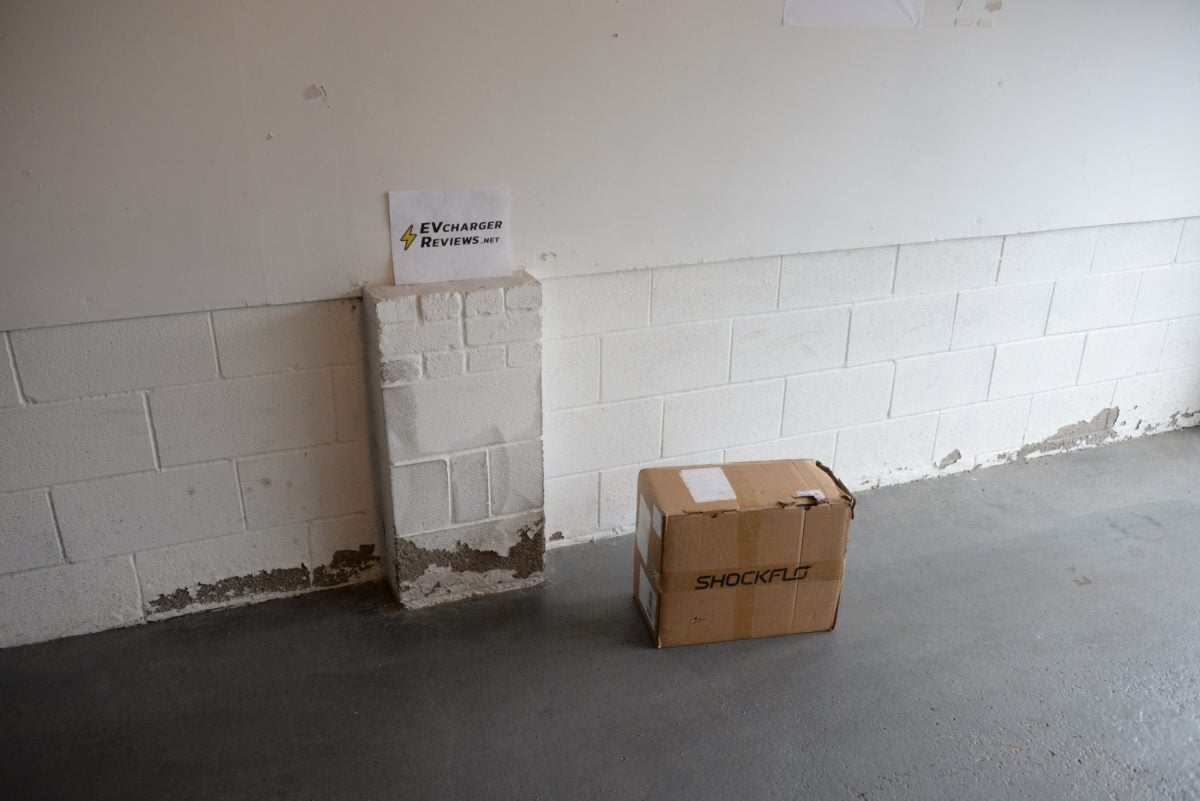
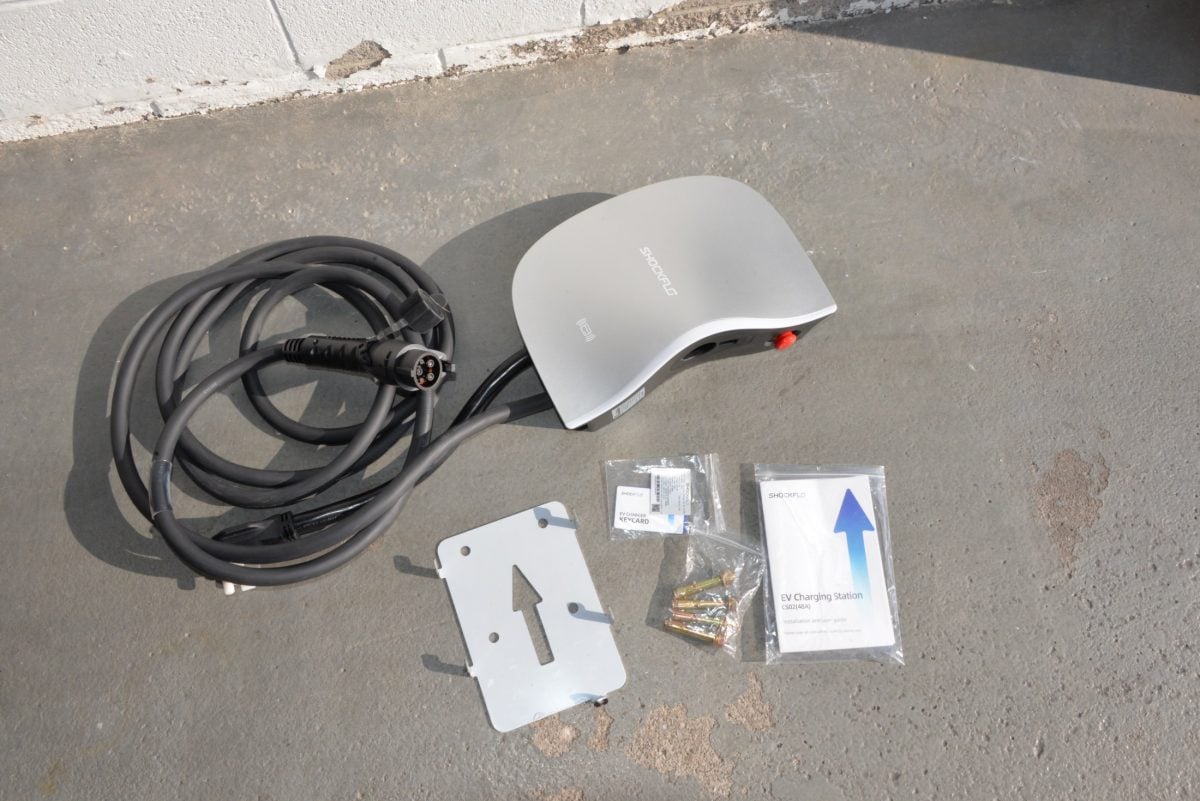
Hardware and Design
The unit surfaces are made of plastic, but the unit is solidly built and offers IP65 water tightness. Meaning that it can withstand some precipitation, but should never be submerged. This home charging station can be used inside a garage or outdoors without problems.
ShockFlo brings some interesting design details into a category dominated by boring rectangular boxes. Instead, the ShockFlo charger has contoured and rounded edges on the left, with sharp lines on the right side that give way to a side-mounted J1772 holder.
Most competitors have external cord holders that are mounted separately to the wall before the charging unit. But the ShockFlo unit has an integrated holder and curvature on the top surface of the charger allowing the user to wrap the excess cord around the unit itself.
This is actually a benefit for tighter parking spaces because the ShockFlow home EV charger only sticks out about 9 inches from the wall. By integrating the J1772 holder into the side, the cord stays flush with the wall and prevents the user from accidentally striking the cord with the car’s mirror on the way out.
The right side of the ShockFlo home charger is dominated by a large LED light strip that also doubles as a status indicator. The light is very bright and flashes or stays solid in various colors depending on charger activity. We really loved this bright indicator but wished there was a way to control the brightness or disable the light when the charger is idle. This light is bright enough to light up the garage at night.
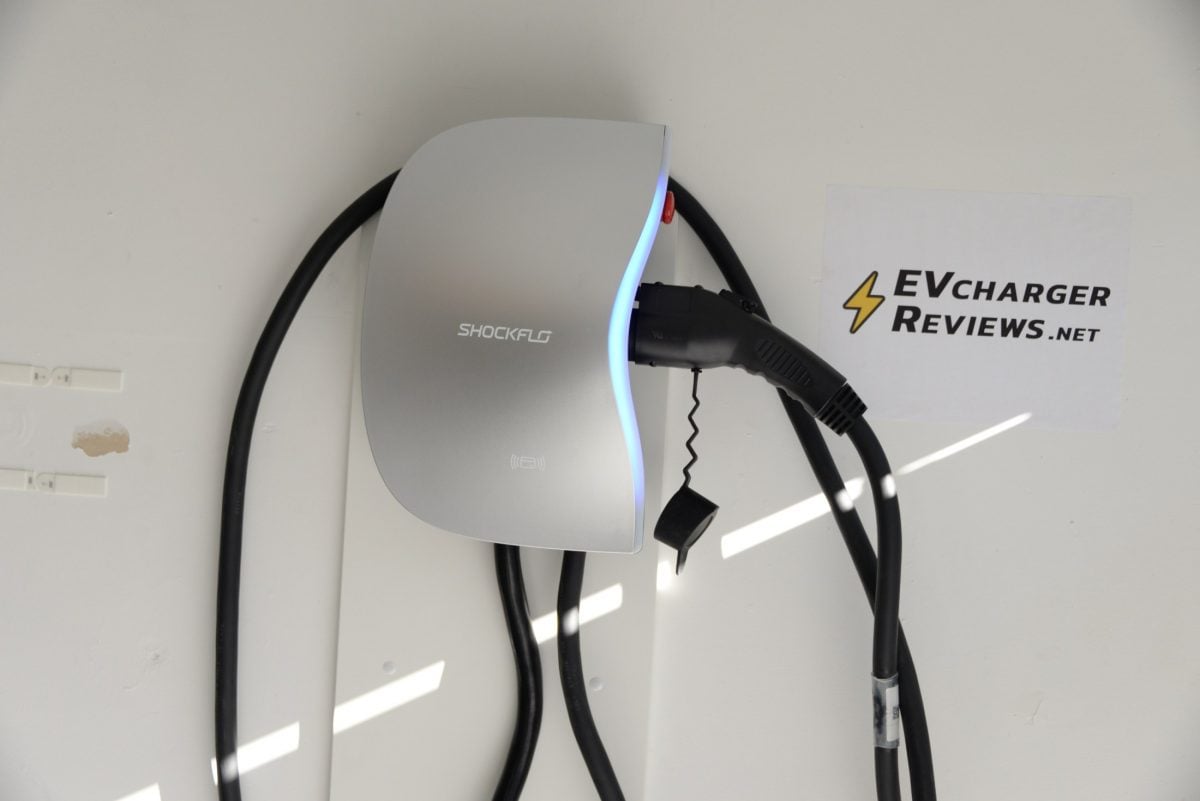
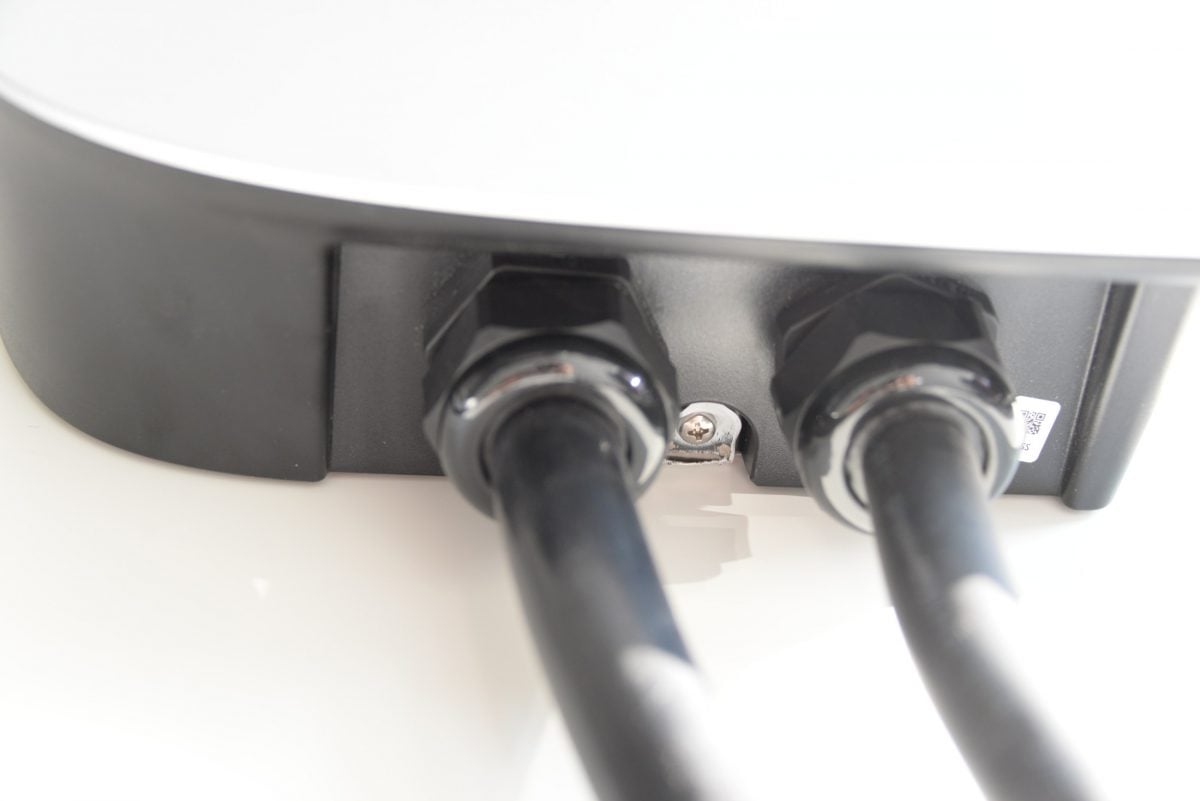
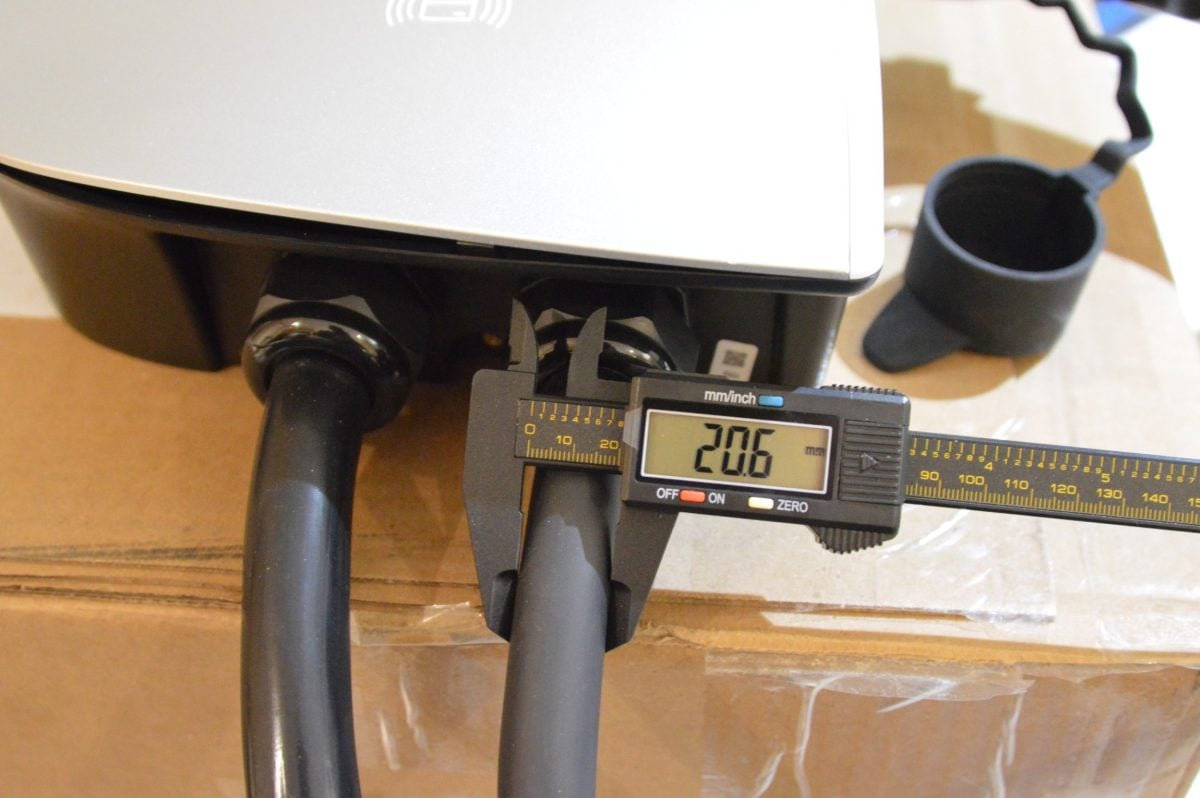
Specification Summary
| Spec | ShockFlo S1 Home EV Charger |
| Charging Level | Level 2 (240v) |
| Max Amps | 40 and 48 amp SKUs available |
| Lowest Amp Setting | 6 A |
| Cord Length | 17 feet |
| Charging Connector | J1772 |
| Wall Connector | NEMA 14-50 |
| Connectivity | Wi-Fi, BT + App |
| Warranty | 3 years |
| Certifications | EnergyStar, FCC, UL certification is in progress |
Charging Cord and J1772 Connector
The cord is approximately 17 feet in length, which is shorter than most competing home charging stations. This is probably where some costs were saved. What does that mean for practicality? When mounted in the corner of a garage, the cord could reach the charging port of our Tesla regardless of parking orientation. However, reaching another EV in the adjacent parking spot would be a stretch. But the benefit of the shorter cord is that it is easier to stow away when not in use. If you intend to share a home charging station between two vehicles in a garage, a unit with 25-foot cord would be better.
The cord materials appear to be high quality. The cord is a good thickness, while still being easy to handle. It also did not heat up too much while charging at 40 amps continuously. I measured the cord to be 20.6 mm in thickness, which is much thicker than other 48-amp charging stations like the Tesla Wall Connector. But 20.6 is still relatively easy to handle compared to other products.
The J1772 connector is on par with other charging stations in this price range. Made of black plastic, and feels light to the touch. It had no issues connecting to the J1772 port of a VW ID.4. The fitment to the Tesla adapter was a bit tight, but everything worked as expected.
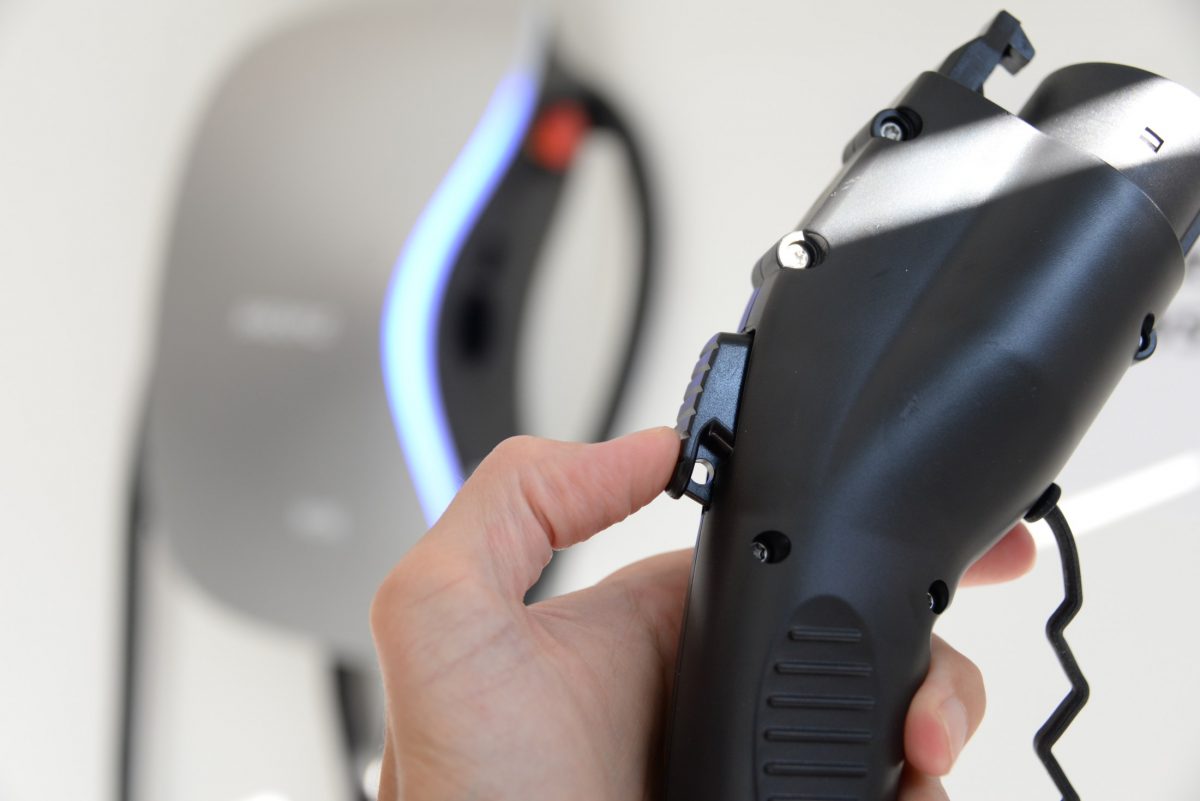
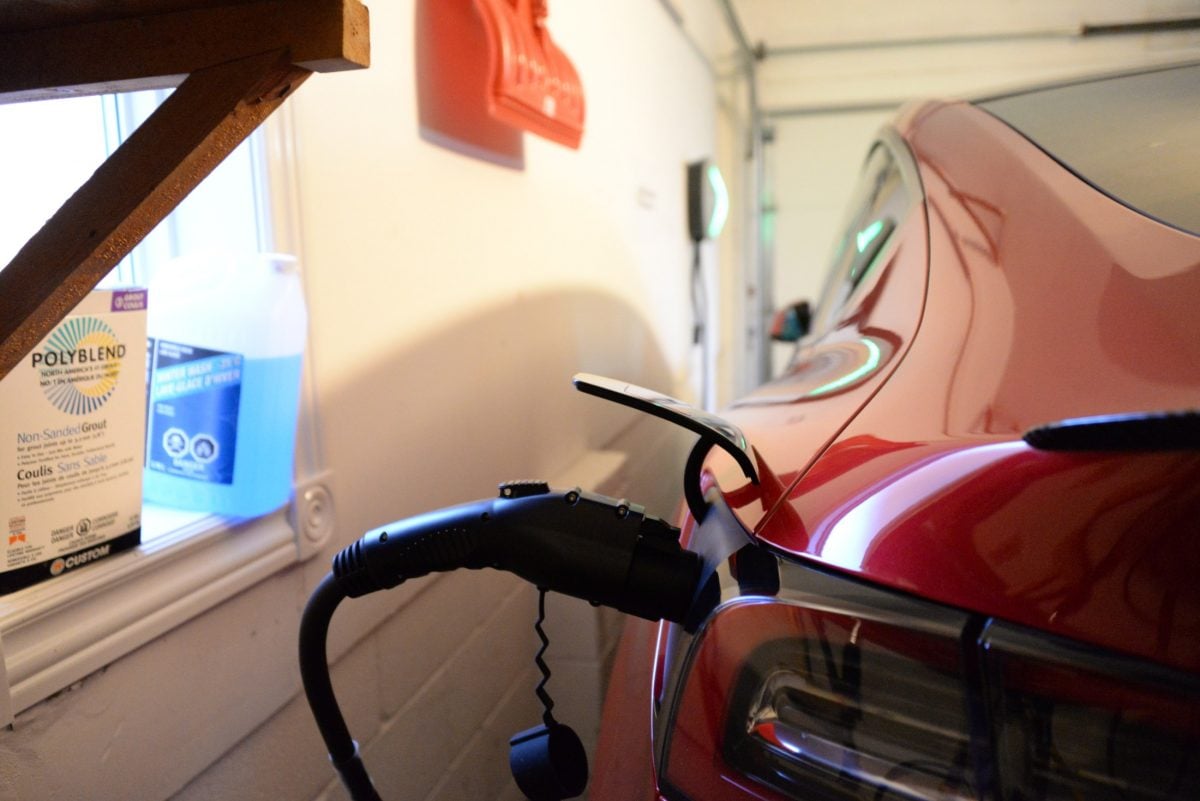
Connectivity and App
The ShockFlo S1 home charging station features built-in Bluetooth, Wi-Fi, and has a companion app for iOS and Android. The app is very easy to set up and connect to the charging station. But the functionality of the app is currently a weakness of the otherwise very good hardware product from ShockFlo. Luckily, the use of the app is not mandatory in day to day usage, and most of the issues we experienced can be fixed with future software updates. Because ShockFlo is a relative newcomer into the EV charging space, we will give them the benefit of the doubt and re-test this functionality when future software updates are available.
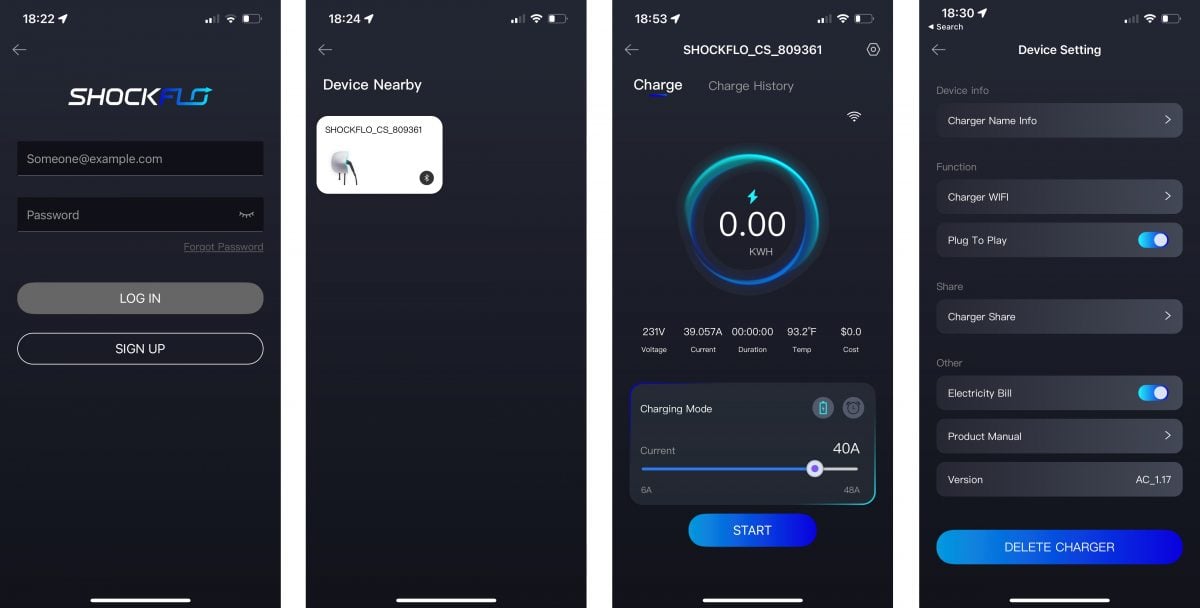
When launching the app for the first time, the user is prompted to create an account and add a charger. The search for devices was done over Bluetooth, and our charger was found right away. During the setup process, the user is asked to enter Wi-Fi network details. After the initial setup, all network communications are handled over Wi-FI, as far as we can tell.
The app is generally intuitive and user-friendly, with information about the ongoing charging session. The screen displays the energy consumed in kWh, system voltage, current in amps, session duration, and amps. All of these metrics appear to be accurate with the major exception being the energy kWh. In our testing during multiple charging sessions, the energy indicated in the app was significantly underreported compared to the energy measured in the vehicle. In one instance, we measured 4.27 kWh with the app, but our Tesla Model Y reported 11 kWh added.
The metrics in the app Charging History screen were also wildly inaccurate, with overreporting by an order of magnitude. Our history screen reports 2330 kWh consumed in under 6 hours, which is impossible. I think the real consumption was closer to 23 kWh. We expect this experience to improve with future app and software updates.
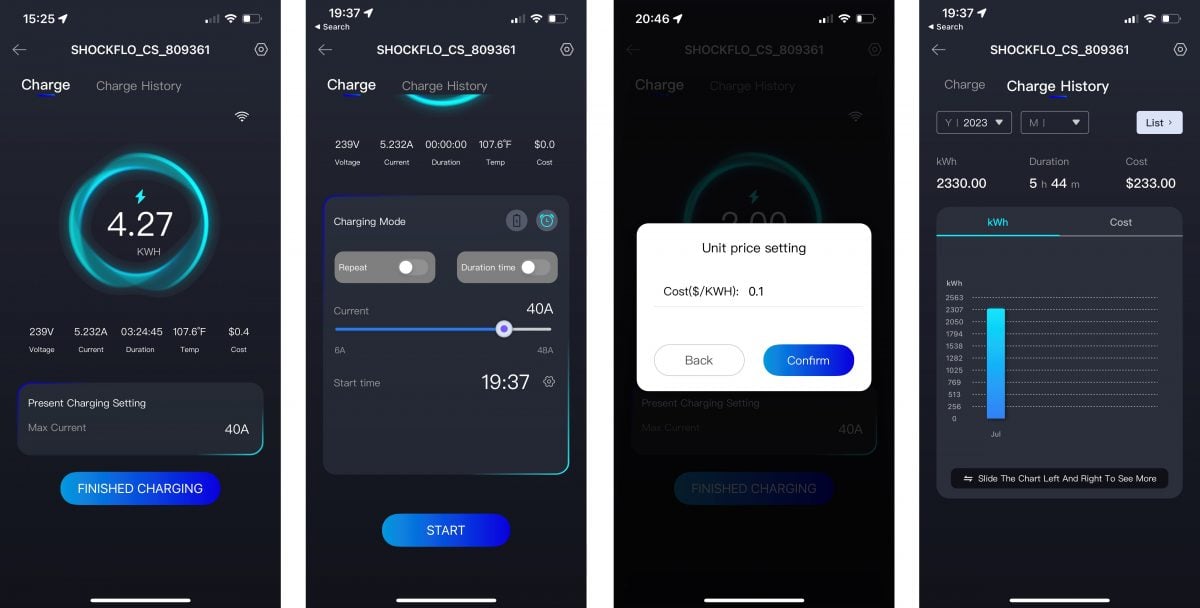
Lastly, we wish there was an easier method of adjusting charger amperage in the app settings. Our review unit is a 48 amp version of the ShockFlo charger, but we are using it with a NEMA 14-50 plug. That means we need to limit the unit to 40 amps for safety unless we hardwire the unit to the circuit breaker. The amperage was set to 48 amps from the factory, and the unit was configured to automatically charge with plug-and-play. We later discovered that in order to adjust unit amperage, the J1772 plug needs to be plugged into the EV but not charging. Then, you will be presented with an amperage slider that ranges from 6 to 48 amps, and these settings will be carried over to future charging sessions. If you purchase the 40 amp unit, these concerns are mostly irrelevant.
Our recommendation to the manufacturer would be to make a dedicated screen in the app settings for maximum amperage. It might also be a good idea to have this configuration prompt during the initial setup process, where the user can configure the amperage before putting the charger to use.
August 2023 Update: It appears that our feedback was heard, and a new app update was issued on August 6th, addressing some of the bugs. The charging history screen is now reporting realistic metrics that are in line with expectations.
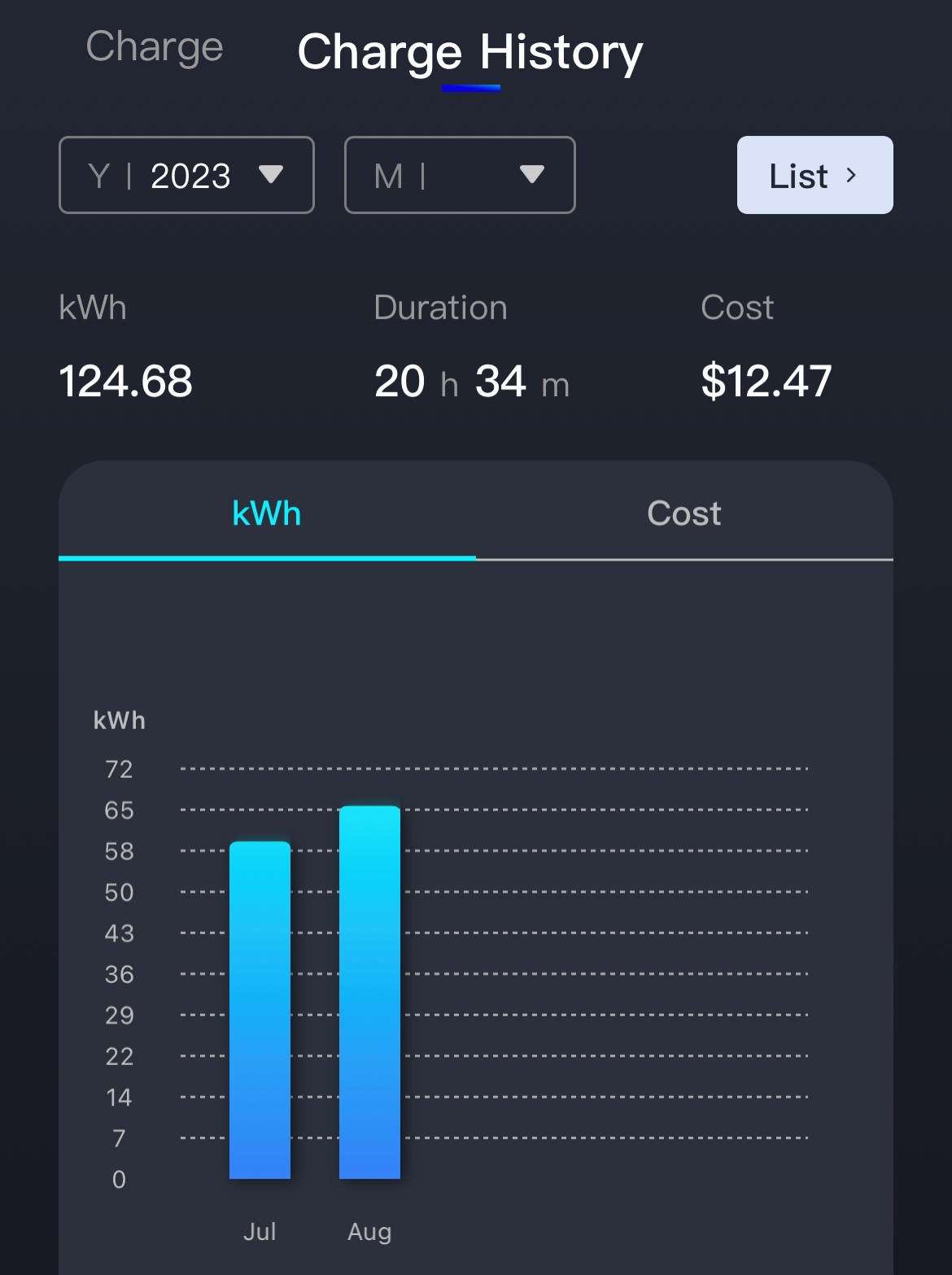
RFID Security Cards
The ShockFlo S1 home charger includes two RFID security cards in the box. This is a great added bonus for drivers who install the unit outdoors or in shared garages. The cards came pre-paired to the unit and worked flawlessly during our testing to begin/stop a charging session.
To use RFID cards, you must turn off Plug and Play mode in the app settings. This will disable automatic charging when the charging station is connected to the EV. With Plug and Play disabled, you will now need to tap the RFID card on the reader, or alternatively, control the charging session from the app.
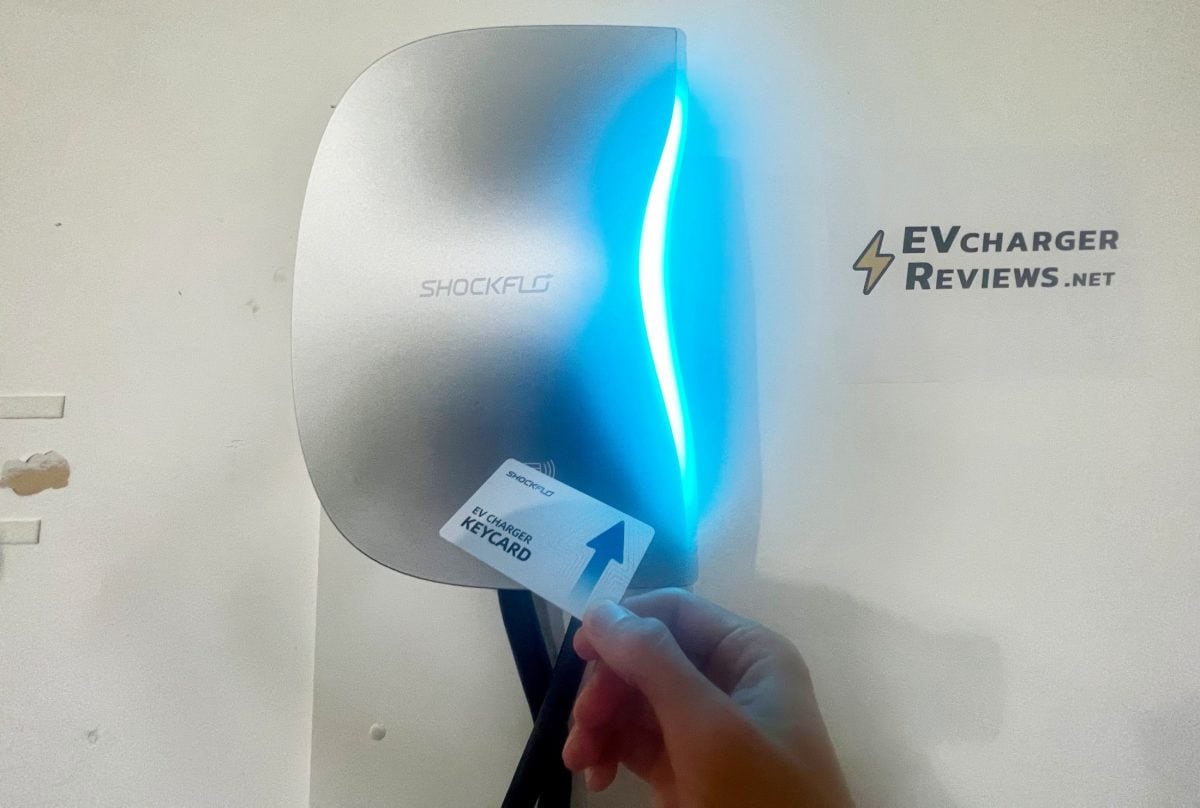
Conclusion
There is a lot to like about the ShockFlo S1 home charging station. It is an innovative new design in a crowded product category. The unit is competitively priced, includes a generous warranty, and has certifications from EnergyStar and the FCC. A company representative also mentioned that UL certification is in progress too. Our main concerns were on the software app side, but these issues are expected to improve over time. The use of the app is also optional, as you can get most of the benefits from the hardware itself and RFID cards instead.
Shopping Options
Full Review Gallery







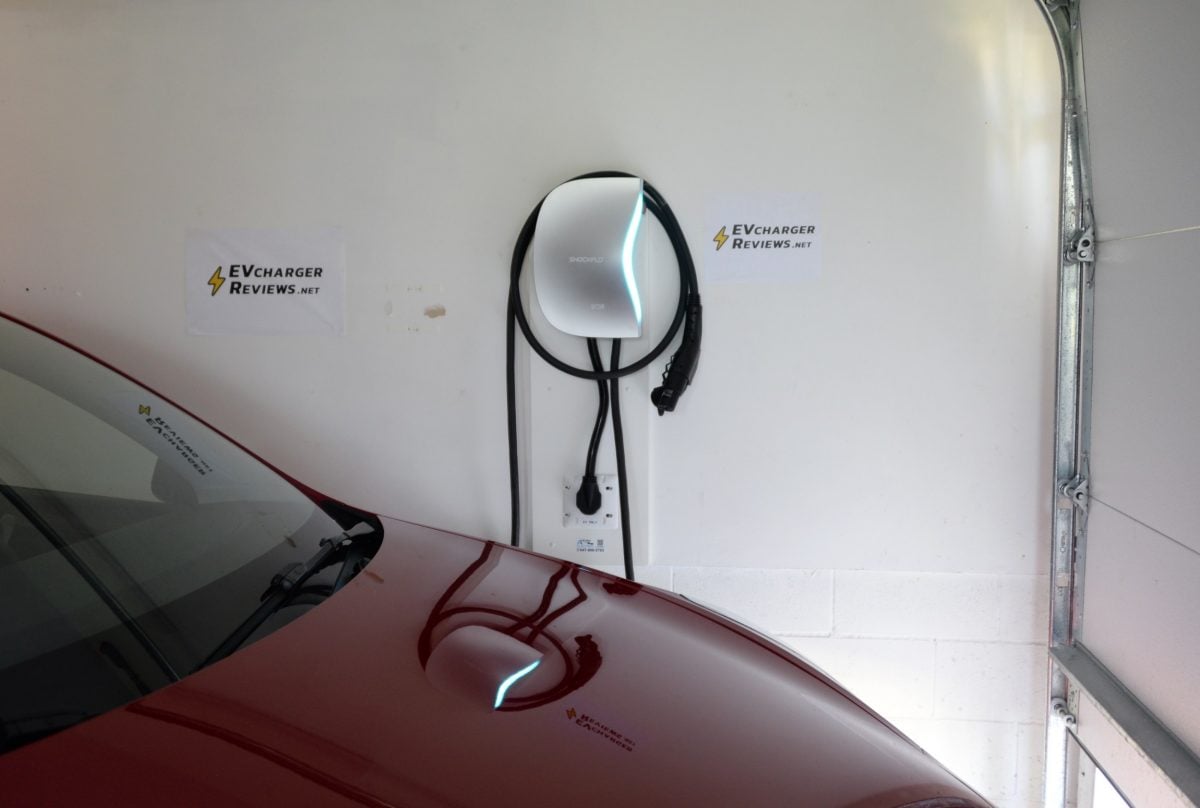
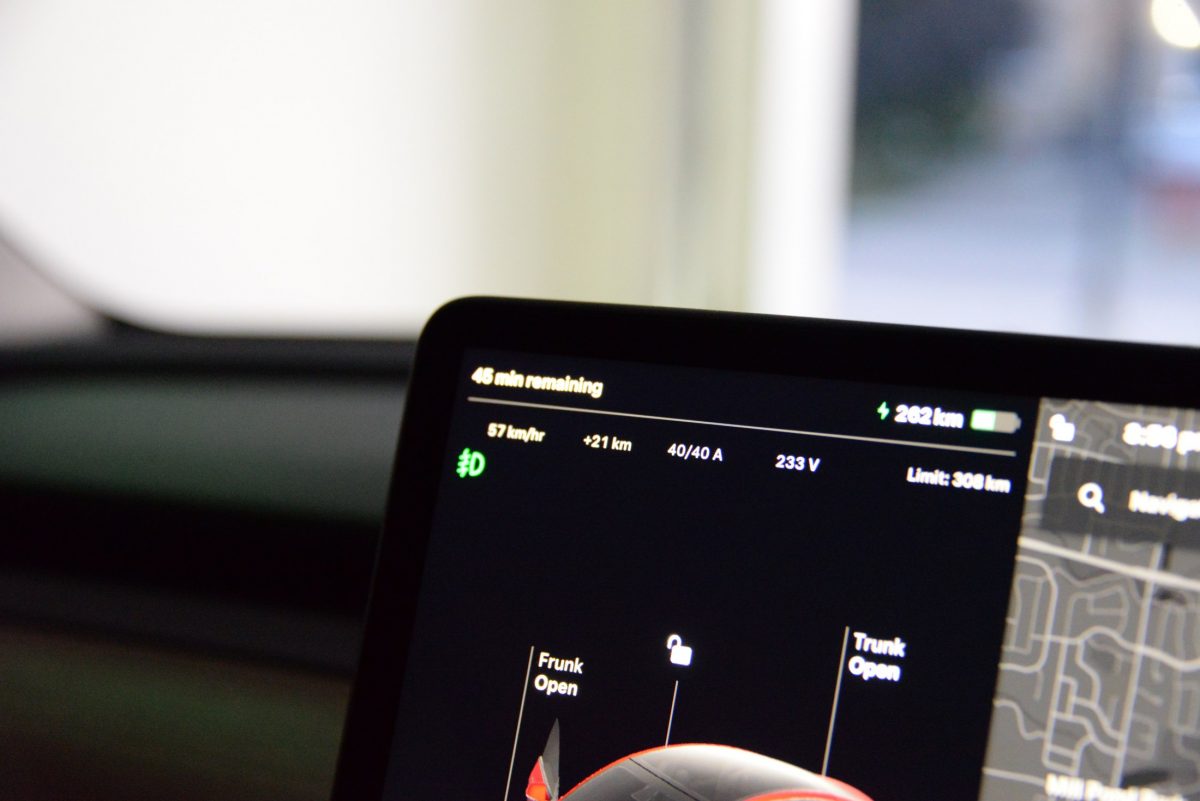
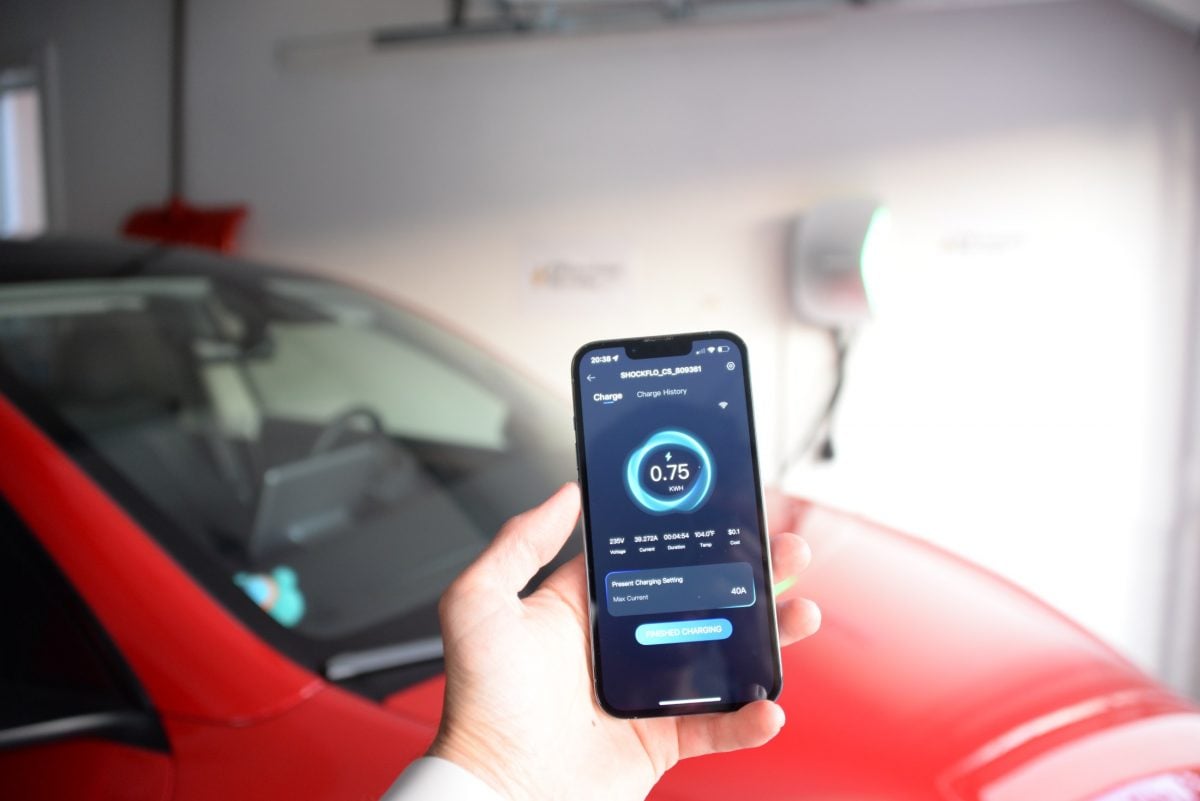
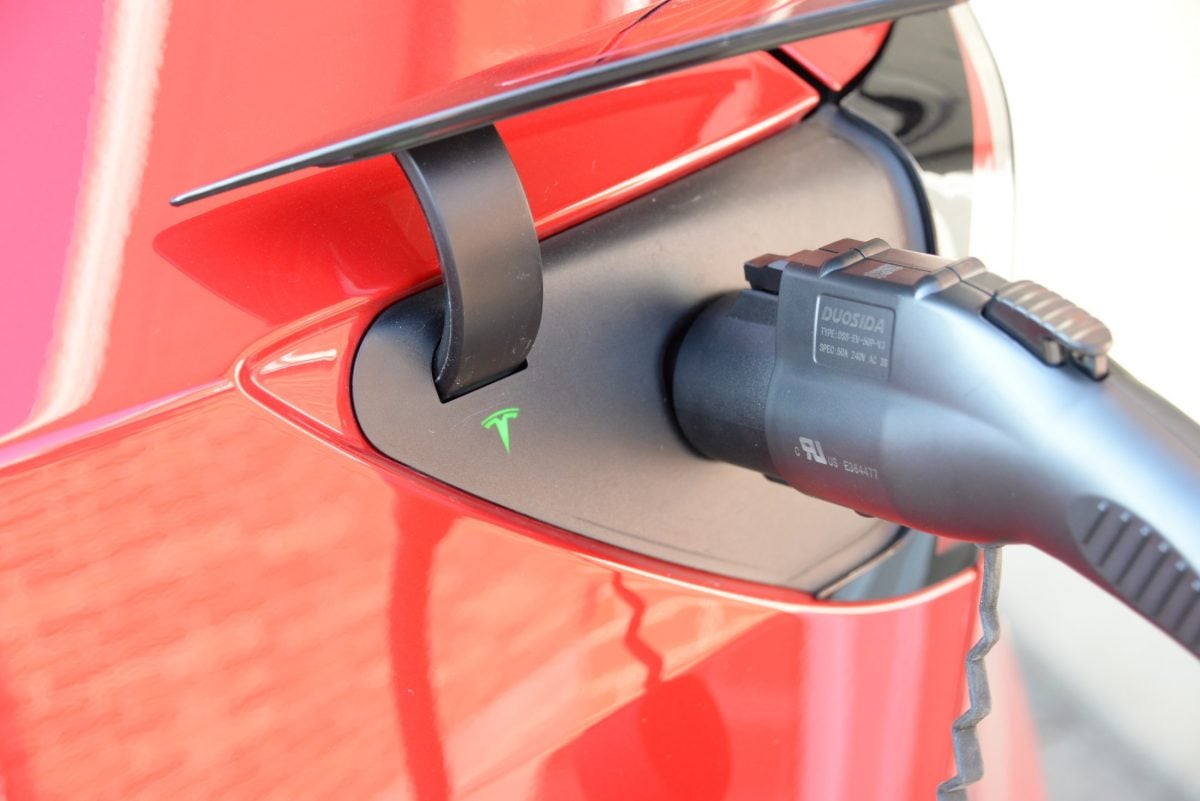
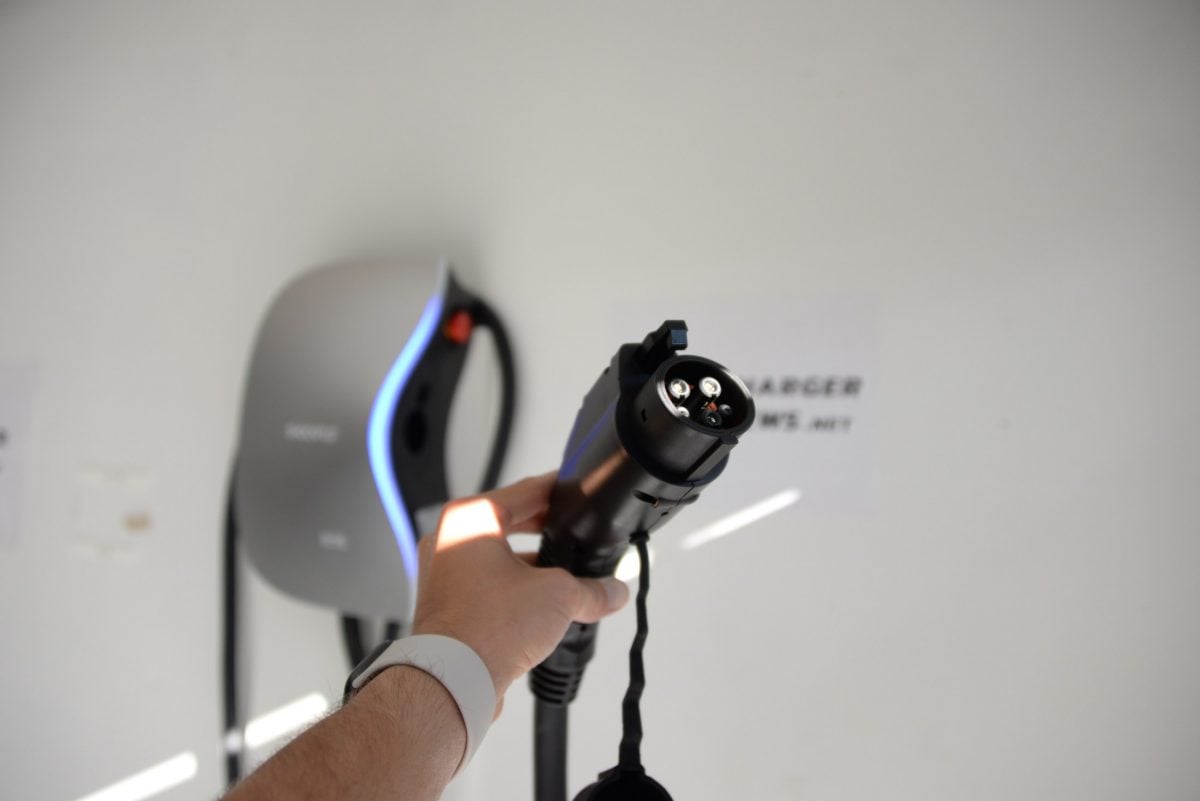
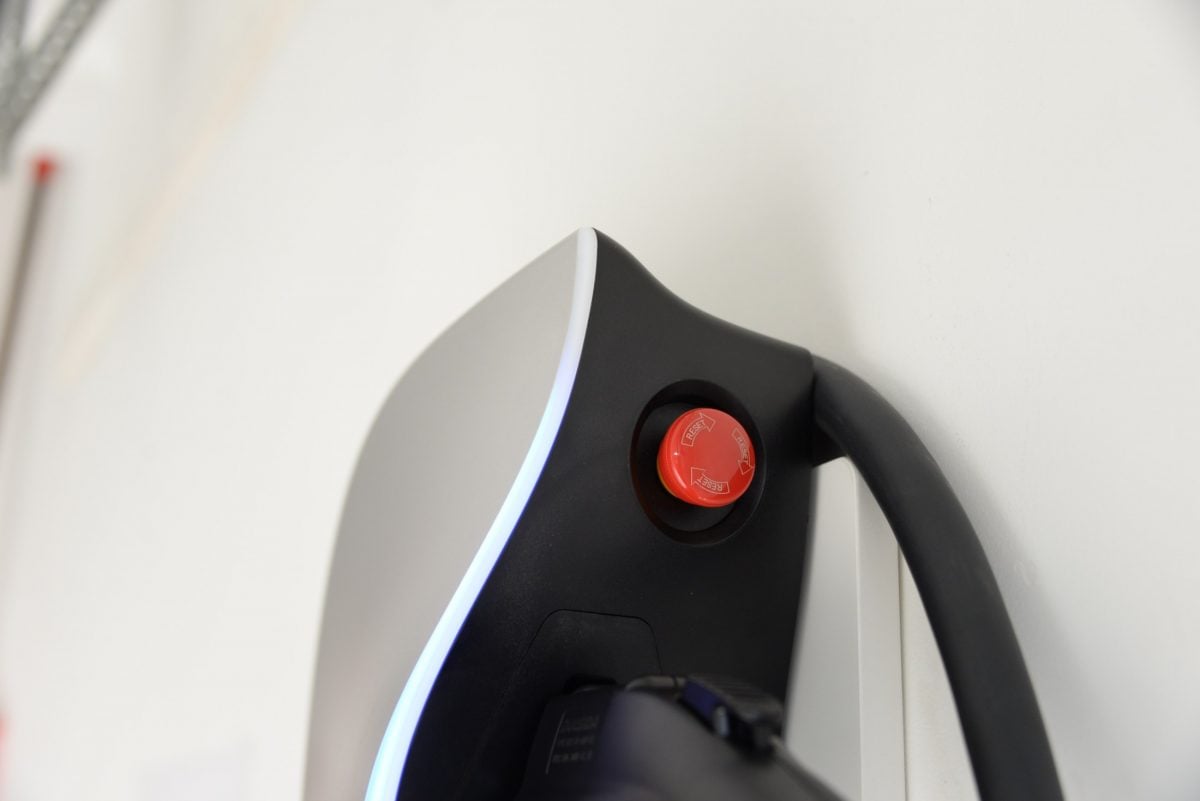
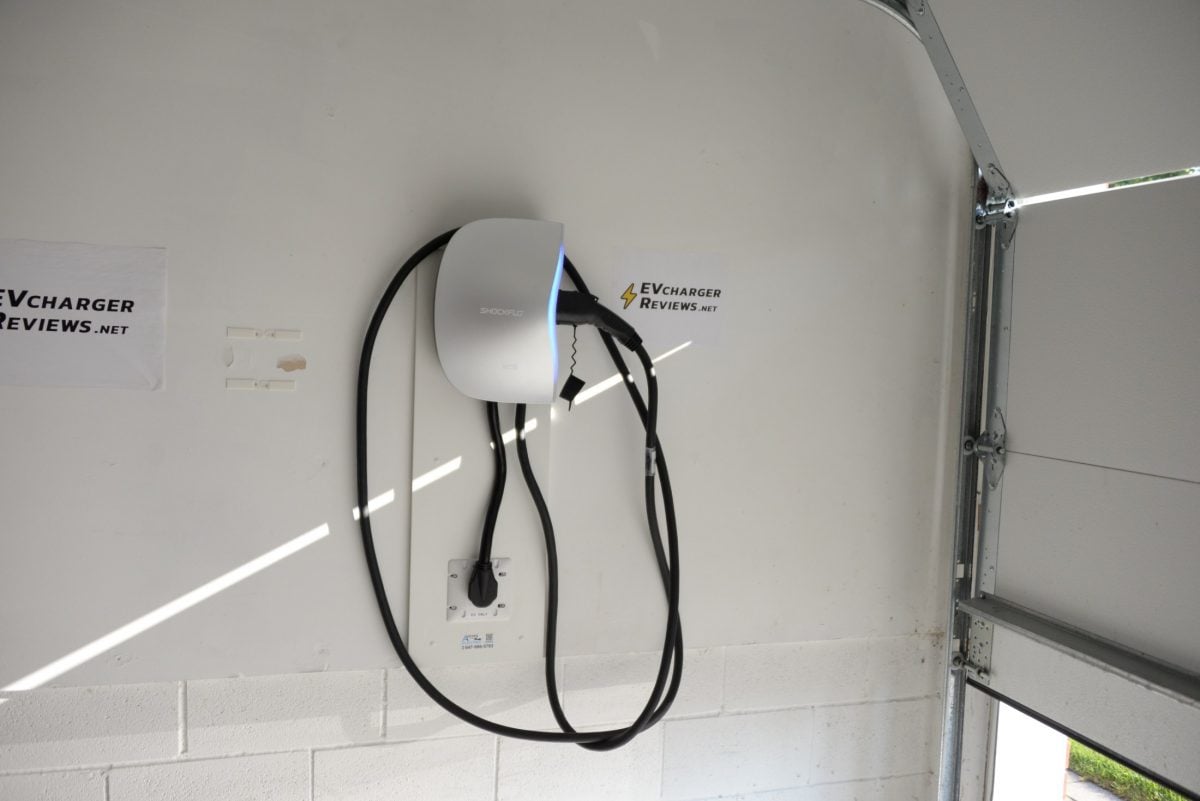
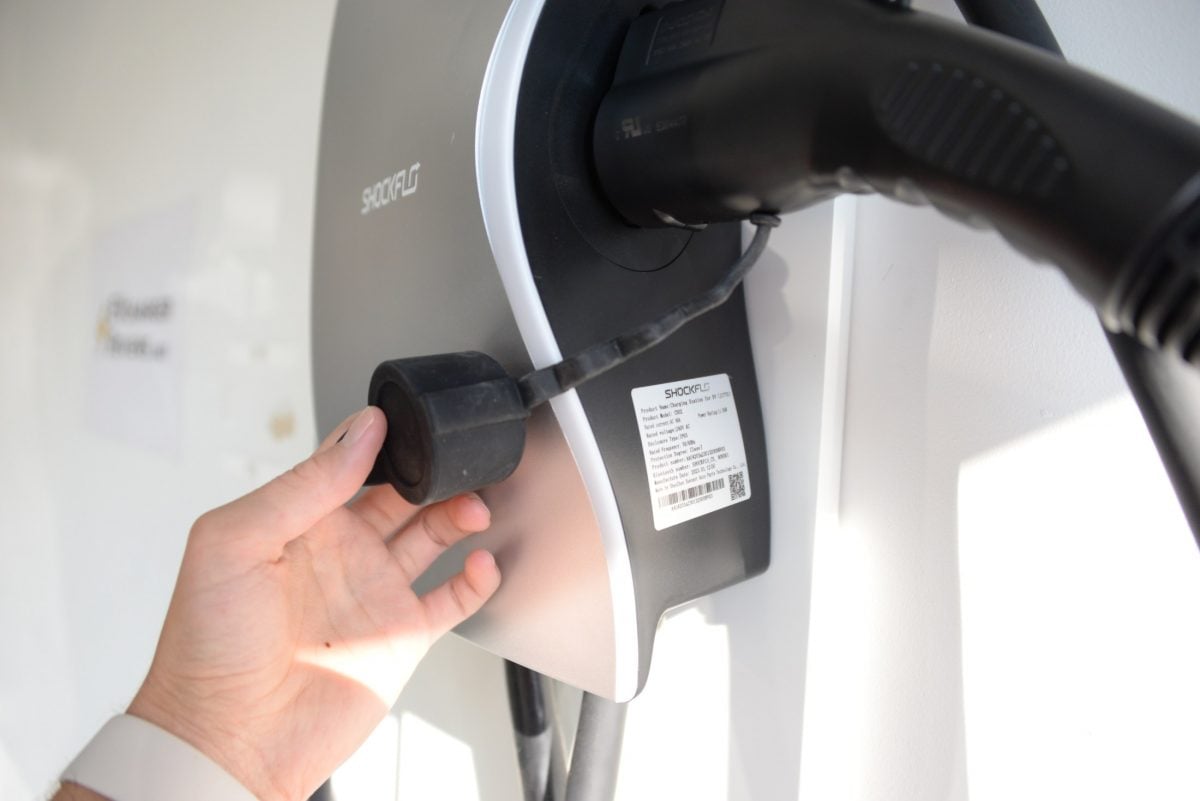
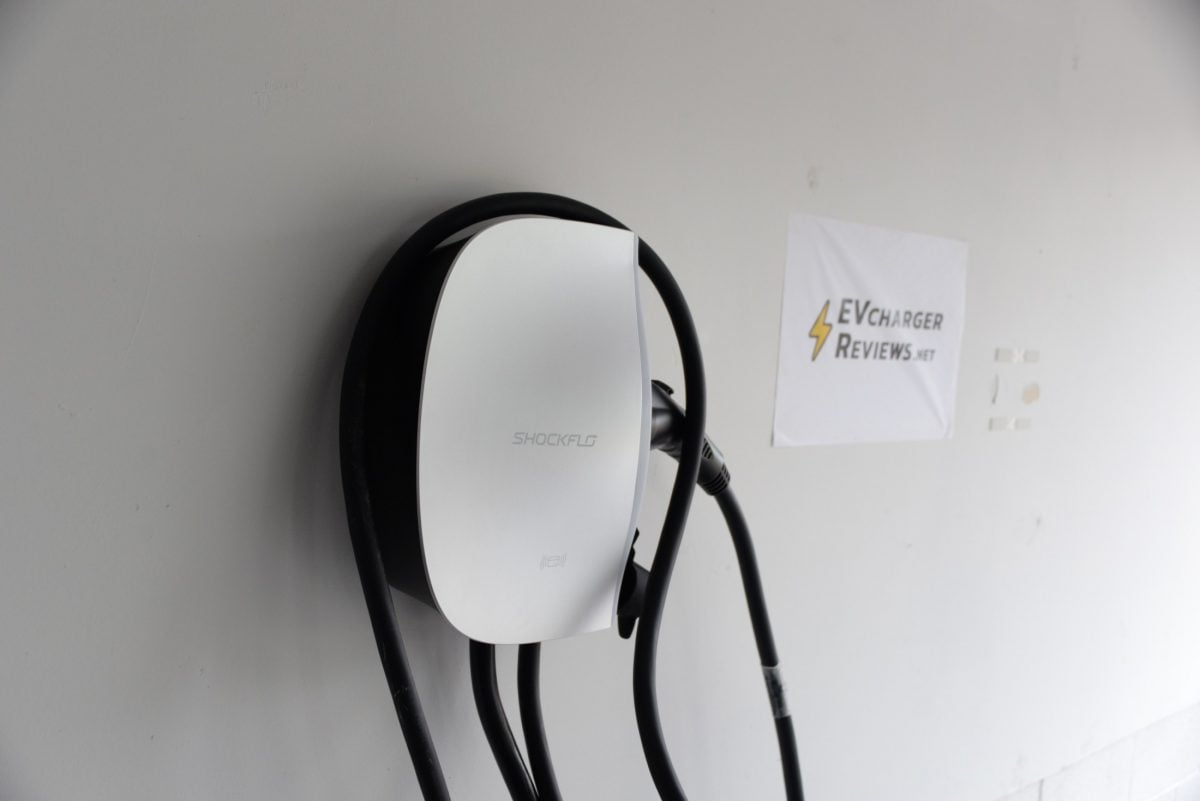
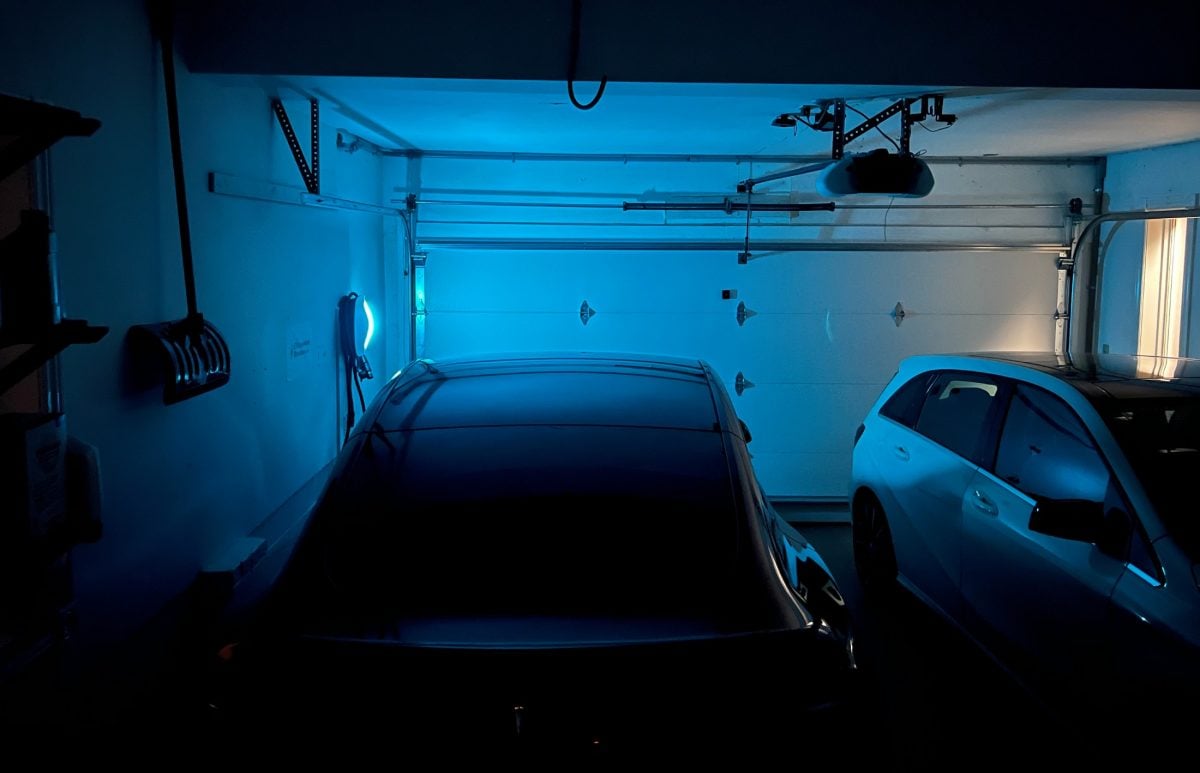

EVchargerReviews.net EVSE Review Methodology
We get the product into our facility, unbox it, inspect it, and install it just like the end user. We have a two-EV car garage with many electric miles accumulating weekly. We take EVSEs through a suite of tests, from short charging sessions, to long overnight charging sessions. We look at whether the claimed features work as expected. We check performance under challenging conditions; does the cord hold up to cold weather? Does the charging station throttle down amps due to heat and thermals? Does the Wi-Fi or Bluetooth drop the connection? Software bugs and glitches will surface during longer-term testing rather than a one-day trial. Measurements are taken on cord thickness and performance, and a thermal camera is used to look for surface hot spots after a 50 kWh stress test.
After living with the charging station product for at least two weeks, we are able to determine how the product compares to rivals, and if it deserves to be recommended to our readers.
Disclosure: Independent review by Michael Kim from EVchargerReviews.net. Our 48 amp review unit was lent to us by the manufacturer for an honest review. We participate in affiliate programs, and we may earn income when you use our links. We hope you think that is fair, based on the amount of work that goes into our reviews.
Considering buying a Tesla? Use our referral link to get $1,000 off, and help support our content.